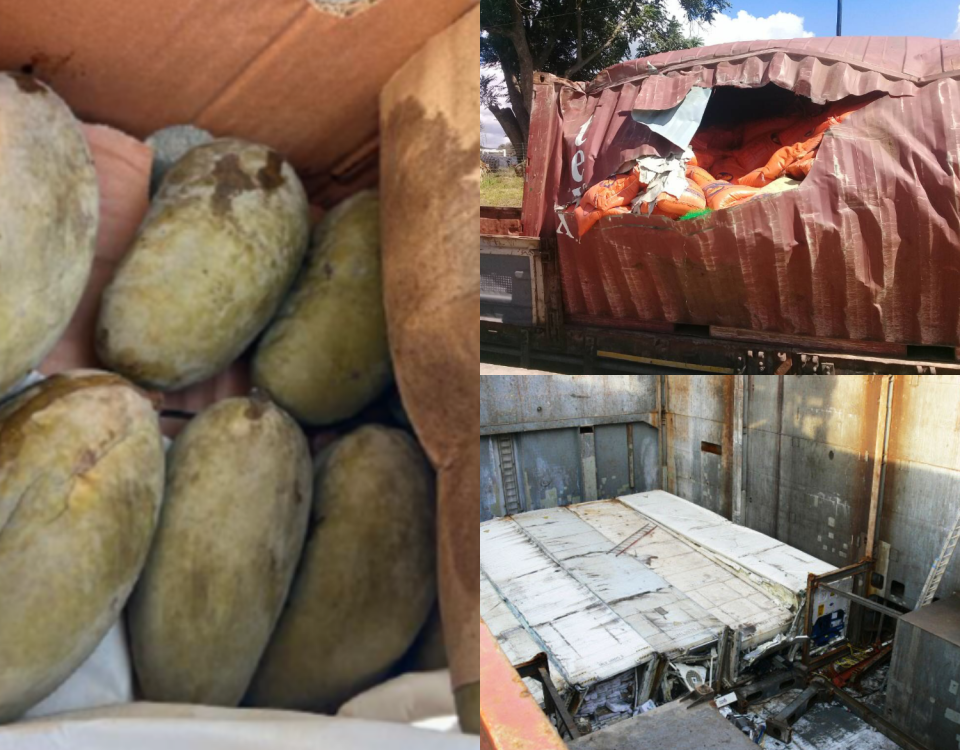Vital Documents for Expedited Cargo Claims Resolution

Top Fruit Exports and How to Avoid Cargo Claims: Oranges
August 25, 2023
Reefer Cargo Hot-Stuffing: Risks, Loss Impact, and Prevention
September 1, 2023Submitting the Right Evidence for Your Cargo Claim is Key to a Faster Resolution!
Cargo claims is always negative experience for exporters, traders, importers and for marine insurance. ping lines send huge list of documents to submit. While the sheer volume of paperwork might seem overwhelming, some documents are vital and necessary to possess.
-
Bill of Lading (BL): The Contract of Carriage
The Bill of Lading is not just a piece of paper; it serves as the contract of carriage between the shipper and the carrier.
-
Commercial Invoice: Establishing Cargo Value
The commercial invoice isn’t just a financial document; it stands as evidence of the cargo’s declared value. This value becomes pivotal in calculating the extent of loss incurred due to damage. Without an accurate commercial invoice, determining the quantum of loss becomes a daunting task, potentially leading to prolonged claim resolution.
-
Packing List: Quantifying the Cargo
A packing list or weight certificate is like a puzzle piece essential for completion. It acts as concrete evidence regarding the quantity of cargo stowed and packing method used to stuff cargo inside the container. This document plays a pivotal role in validating claims of missing or damaged items within the shipment.
-
Letter of Assignment: Authorization and Representation
In cases where a third party, such as Recoupex, is entrusted with the task of handling the cargo claim, a letter of assignment is crucial. This letter grants explicit permission to the third party to pursue the claim on behalf of the shipper. This authorization streamlines the process and ensures effective representation.
-
Notification of Damage or Loss: Timely Communication
Regardless of the scale of the claim, promptly notifying the carrier about any damage or loss is mandatory. This notification must be conveyed within three days of delivery. This swift communication substantiates that the damage or loss indeed occurred during the unloading process and not subsequently.
-
Evidence of Damage: Visual Confirmation
Capturing photographs of the damaged cargo during the destuffing procedure provides visual proof of the condition of the cargo upon arrival. These photographs not only validate the claim but also provide insight into the extent of damage sustained by the cargo.
-
Evidence of the Cause of Damage: Establishing Liability
Photographs of the container itself can often hold the key to deciphering the cause of cargo damage. These images can help in determining whether the container had structural issues, improper sealing, temperature irregularities, or other factors that contributed to the damage.
-
Survey Report: Comprehensive Documentation
While not always mandatory, a survey report (expert’s or carried in-house) can significantly bolster the claim’s credibility. This report systematically details the cargo’s condition, the type and cause of damage, and even assesses the state of the container upon receipt. It adds a professional layer of validation to the claim.
-
Loss Mitigation Evidence: Mitigating Further Losses
Carriers necessitate that all efforts be made to limit damages after an incident. Loss mitigation evidence, such as proceeds from salvage sales, repair costs, and expenses related to sorting and repackaging, demonstrates the shipper’s commitment to minimizing losses and mitigating the impact.
In conclusion, the seemingly exhaustive list of documents required for submitting a cargo claim serves a purpose that goes beyond mere bureaucracy. Each document adds a layer of authenticity, verification, and insight into the circumstances surrounding the claim. The active submission of these documents not only accelerates the claims recovery process but also empowers exporters to demonstrate their case with clarity and credibility. So, remember, submitting the right evidence for your cargo claim is truly the key to a faster resolution!
Recoupex is a hub of transport lawyers – experts in cargo claims. We assess your case quickly. We have successfully recovered claims from Maersk, Sealand, Hapag-Lloyd, Mediterranean Shipping Company – MSC, CMA CGM, and other carriers.



